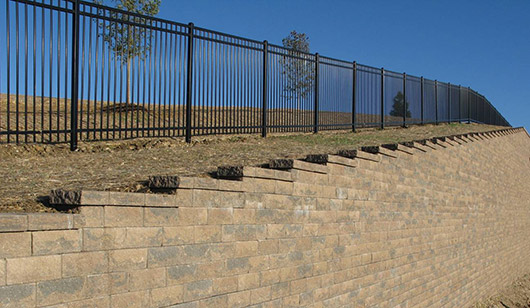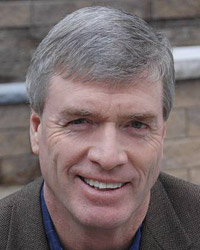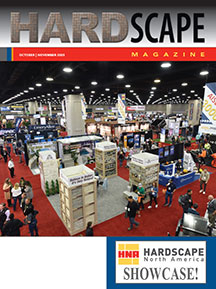Articles written by guest contributors

Retaining walls & fences
By Bill Gardocki, Interstate LandscapeHere in New England, we find we are being asked to build segmental retaining walls (SRWs) in locations that we may not have been asked to 25 years ago because good flat building lots are getting hard to find. As they build on these lots, homeowners and builders look to us for our expertise in building walls, as well as fences above those walls.
Recently, I took the opportunity to ask Gabriela Mariscal, Director of Geotechnical Systems at the National Concrete Masonry Association (NCMA) some questions on this subject. Even though specifications vary on how to deal with fences for different wall blocks, Gabriela was able to provide insights that apply to most SRW applications.
1) Where should fencing be located? On the wall, directly behind the wall, or way behind the wall?
Fences can be located in different places on top of the wall; each location has its own issues. NCMA recommends staying a minimum of 3’ (1 m) from the face of the top course of the wall. For details and information about installing fences see Chapter 13 of the SRW Best Practices Guide (free online).
2) Please comment on using Sleeve-It type products versus Sonotubes or other concrete forming tubes.
To install fences on SRWs, there are a number of solutions. Sleeve-It as a proprietary product has its advantages, but it also has limitations as the Sonotubes do. When using Sleeve-It or any system, NCMA recommends you always ensure that the solution used is able to meet all the needs of the specific project and can handle the loads so the fence and wall meet the needs of the project. In what we have seen, the cost is usually the deciding factor in choosing between these 2 systems.
3) Please comment about core mounting, side mounting and direct mounting.
When installing fences/rails/guardrails it is important to have enough post embedded in the ground or weight keeping the fence secured to the retaining wall. There are alternatives for placing fences/rails/guardrails on SRWs:
- Away from the face of the wall (easiest) – install tubes 3’ away from the face (while building the wall), plant the posts and pour concrete.
- Right behind the face of the wall – usually this needs more complicated details or some of the proprietary systems that can handle the load. This has limitations.
- On top of the wall – if the guardrail is small it can be done by embedding the posts into the facing. (Cut the cap, plant the post into the blocks and soil below, and pour concrete). If the fence or guardrail is big, a reaction slab is need (big mass of concrete on top of the wall) to keep the fence/rail in place. In no case should the fence/railing be just bolted to the cap.
4) I’ve heard about fences above walls acting like sails and being blown over. How can we prevent this?
All structures are exposed to wind but fences have a disadvantage in that they do not have the weight to counteract the loads. Fences, depending on the material and size, can behave like a big sail against the wind loads. When fences are installed on regular soil, the loads generated by their weight and wind are transmitted to the foundation soils but when the fence is installed on an SRW the loads are transmitted to the soil, geogrids, and if the fence is too close, to the wall block facing as well.
Each wall block company has different specifications for each of their wall and capping products. As a contractor, you need to check with the block company to see if they allow drilling, anchoring or attaching objects to the block or cap. When installing fence bases or other accessories be sure the surrounding material is well compacted to support the loads. And as always, soil compaction behind the wall is very important, as well as the proper use of geogrid. A fence won’t last long if the SRW below it fails.

Bill Gardocki















